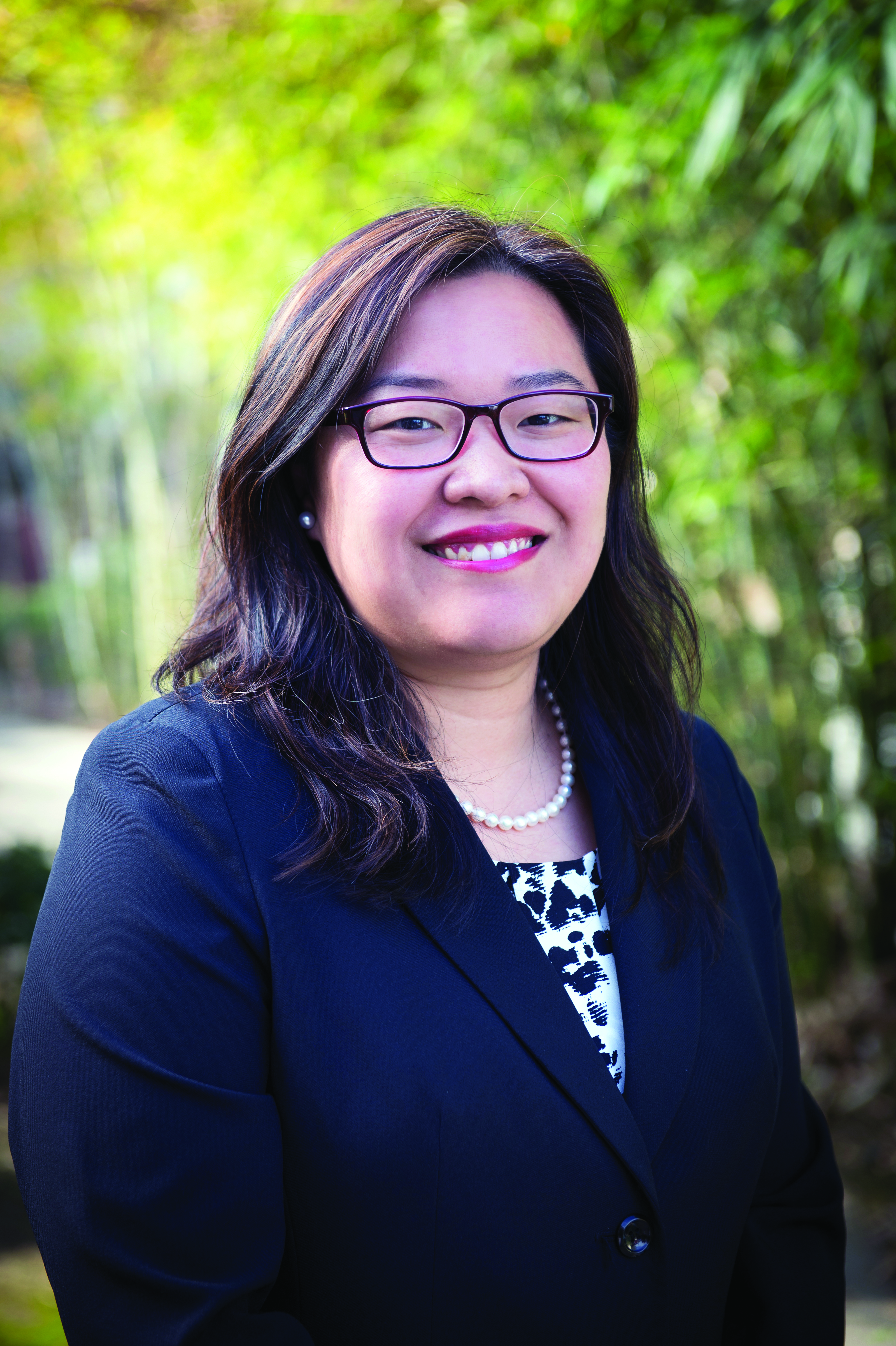
With the ubiquity of smartphones and, more recently, smart watches and fitness trackers, the potential to use these devices to monitor and assist patients with cancer has never been greater. Being able to monitor and respond to patient data through fitness trackers could help healthcare professionals provide swift, accurate interventions in the future. Our proof-of-concept study, “Wireless Monitoring Program of Patient-Centered Outcomes and Recovery Before and After Major Abdominal Cancer Surgery,” explored the feasibility and acceptability of using technology, including fitness monitors, to efficiently monitor patient-generated health data by answering the following questions:
- Will patients wear fitness trackers?
- What type of functional activity trends and trajectories will we see from fitness tracker data?
- Do patients report satisfaction using the tracker to share their data with providers?
- What associations exist between functional activity data and surgical outcomes?
Adherence rates were 88% before surgery, 88% during hospital admissions, and 83% after discharge. Most patients took anywhere from four to seven minutes to complete an electronic patient-reported outcomes system, and we found that daily steps decreased abruptly after surgery with slow recovery two weeks after discharge. The data also showed a significant association between the number of daily steps and postoperative complications, such that patients with fewer daily steps had more complications.
To monitor symptoms and side effects, the study used an alert/feedback system based on symptom severity scores: any time a patient reported a score of four or greater for one or more symptoms, an email alert was triggered within two minutes of survey completion and sent to a nurse. The email identified which symptoms were scored at four or greater and at which monitoring time point. The nurse then called the patient to assess, triage, and manage the reported issues. In our study, about 34% of monitoring encounters triggered an alert, and the majority were for symptom management. Pain was the most common symptom addressed during the alert encounters.
Oncology nurses can leverage technology to efficiently and proactively address patient symptoms and functional recovery needs. Our current healthcare system is largely reactive, rather than proactive. Providers rely on patients and families to contact them with issues and problems. With remote, real-time approaches to patient monitoring, nurses can identify issues early and treat them before they escalate beyond outpatient care to emergency department visits and preventable hospitalizations. Healthcare professionals also may be able to use patient-generated data to identify high-risk individuals who need additional care and support after surgery, mobilizing resources ahead of time to enhance quality of life and outcomes.
In the current environment, patient- and family-centered research in surgical oncology is lacking, and it’s becoming an increasingly important area of research as we move toward a value-based healthcare and reimbursement system. Because of trends in the current healthcare system and advancements in surgical techniques, patients are discharged earlier after surgery. As surgical techniques continue to evolve, we need to change the way we care for patients and families in the perioperative setting. Nurse scientists have a unique opportunity to lead in revolutionizing patient- and family-centered surgical oncology care.





